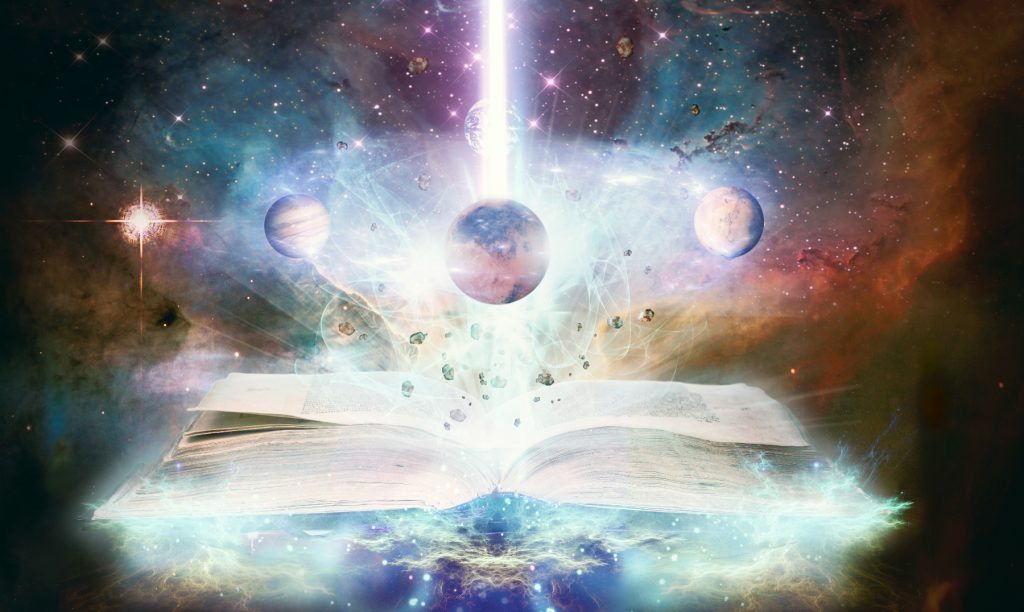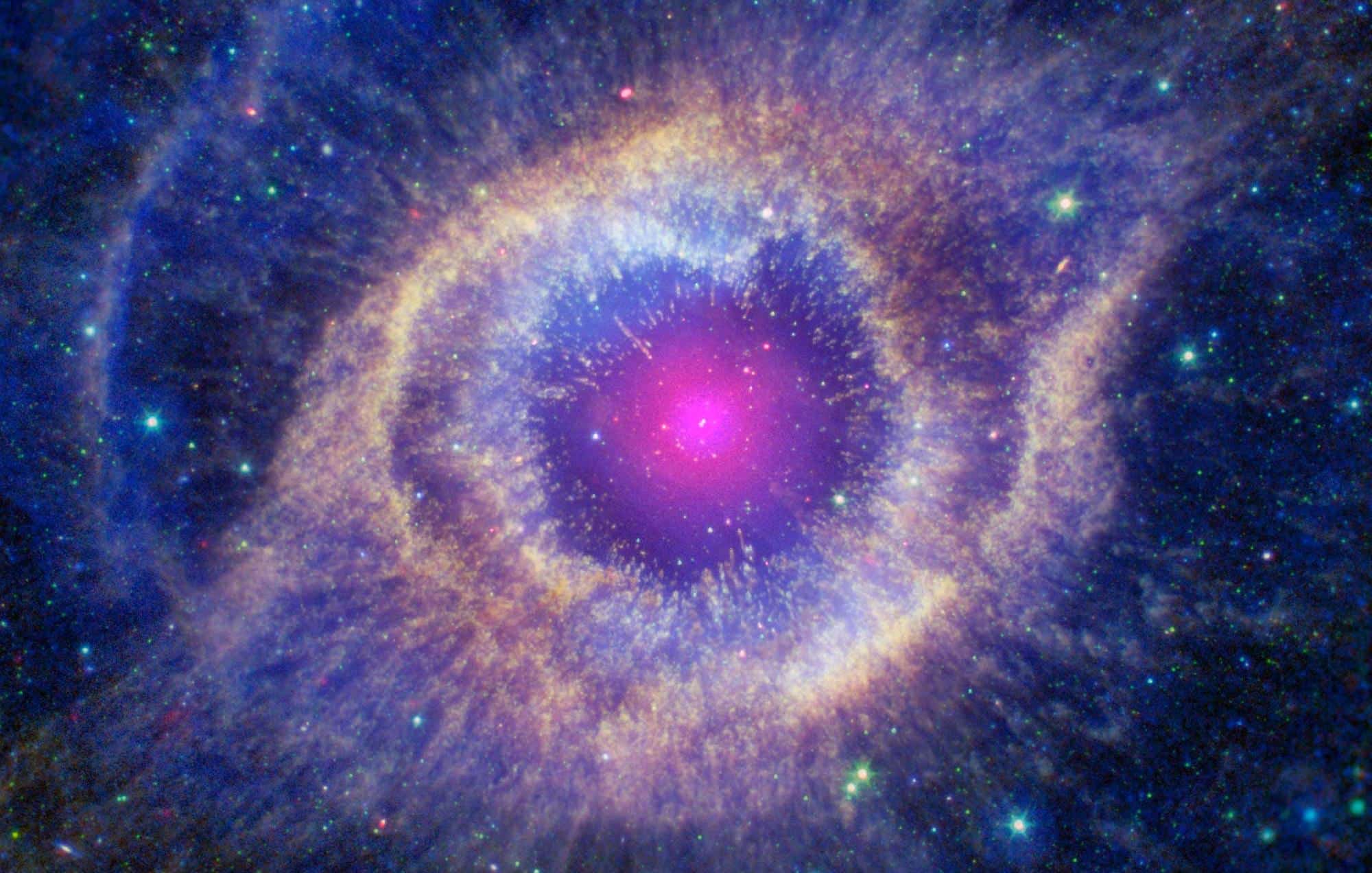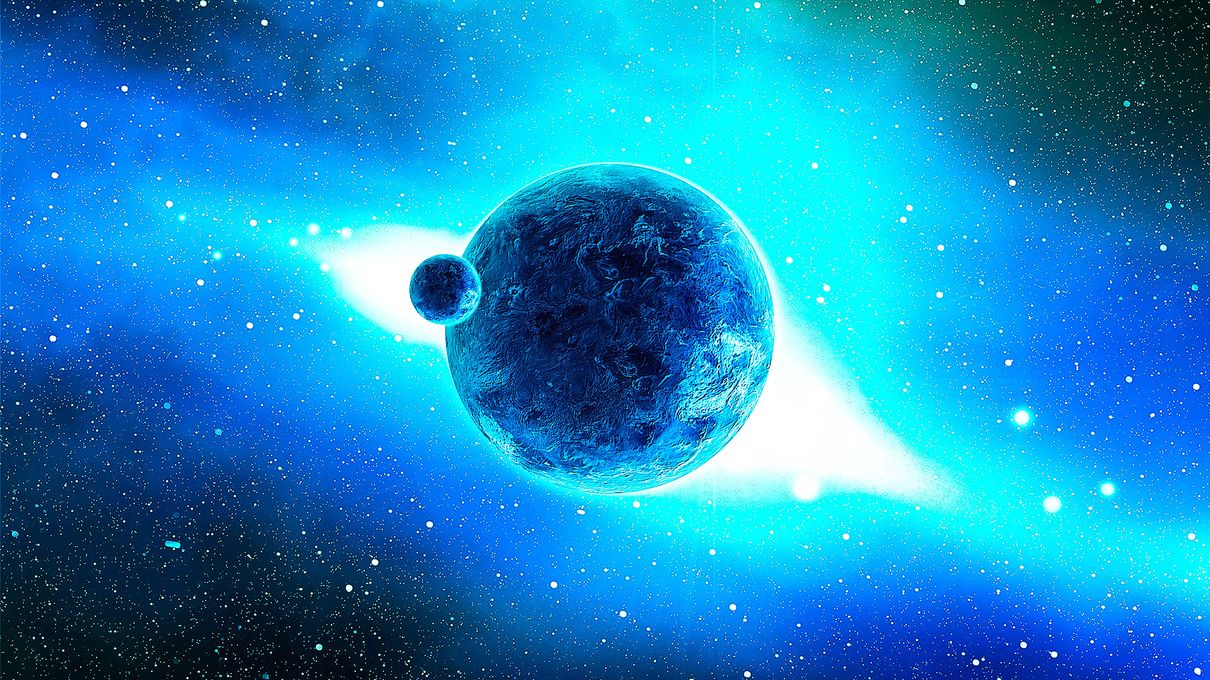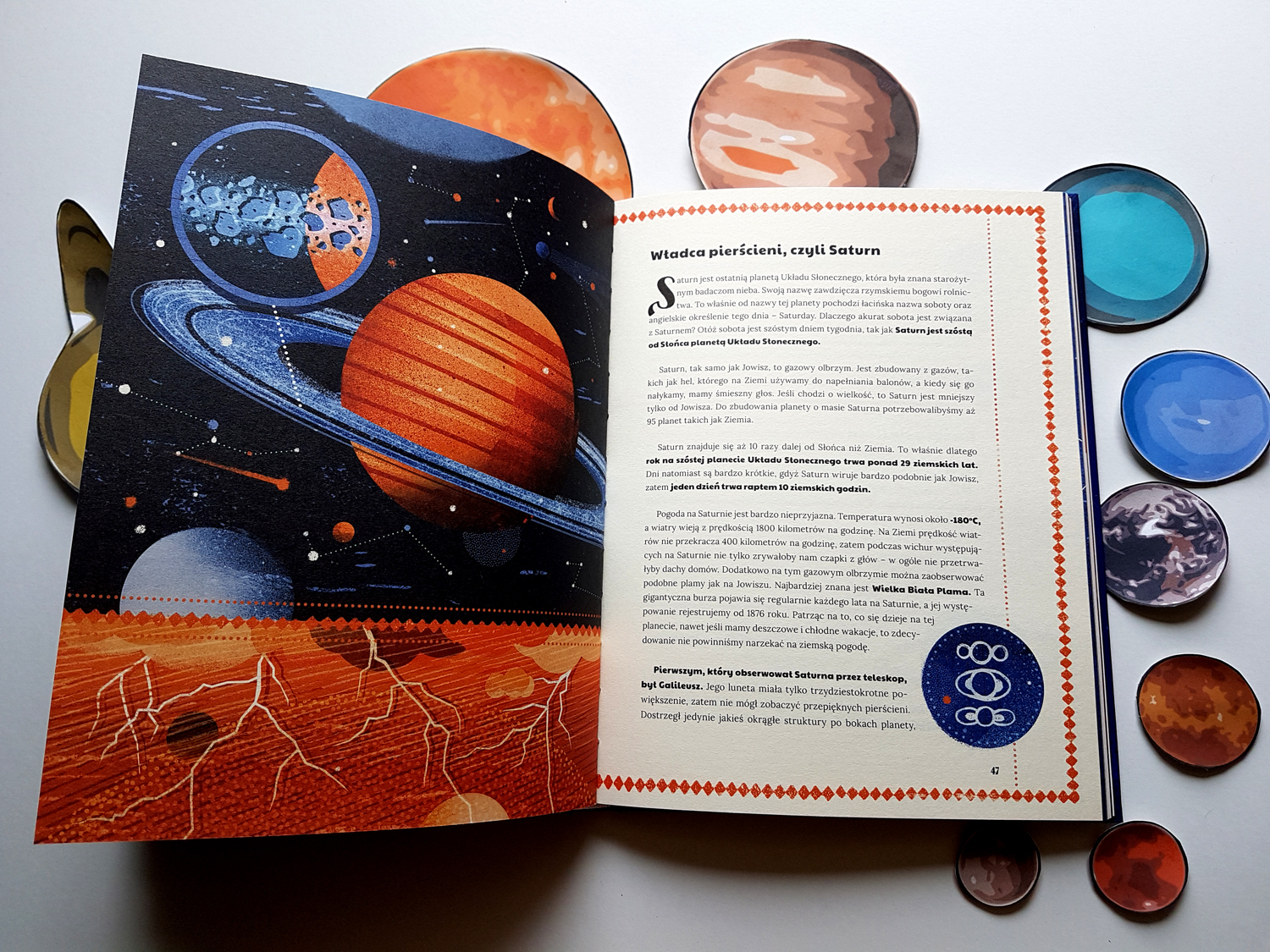Curiosities about Astronomy – See the 15 most interesting!
Curiosities about Astronomy. The universe is big, but not as big as our curiosity. That’s why we wrote down some very interesting questions about astronomy and sought answers from an expert on the subject.
The answer was Prof. Dr. Rodolfo Langhi, responsible for the Physics Department of the Science Faculty of UNESP-Bauru. In the face of doubts, it will help us understand more about the sun, moon, planets and much more. Check it out below and be amazed!
1. Curiosities about Astronomy – How does a star burn?
This star we are talking about is the sun, but, according to the professor, they do not have common fire, as we are used to here on Earth.
These are thermonuclear fusions that occur inside the Sun and stars, where matter is converted into energy. “In the case of the Sun star, about four million tons of matter are converted into energy every second!” says Rodolfo.
2. How does the speed of light work?
Light travels in a vacuum at a speed of about 300,000 kilometers per second. The moon is about 384,000 kilometers from Earth, so this means that light from the moon takes a little longer than a second to reach our eyes.
The Sun is, on average, at a distance of 150 million kilometers from Earth. Therefore, the light emitted by the Sun takes more than eight minutes to travel all that distance and reach your eye!
If you traveled at the speed of light, you could go around the Earth seven times in just one second. A trip from São Paulo to New York would take 0.03 seconds, which means that we would be in another country before we even blink our eyes.
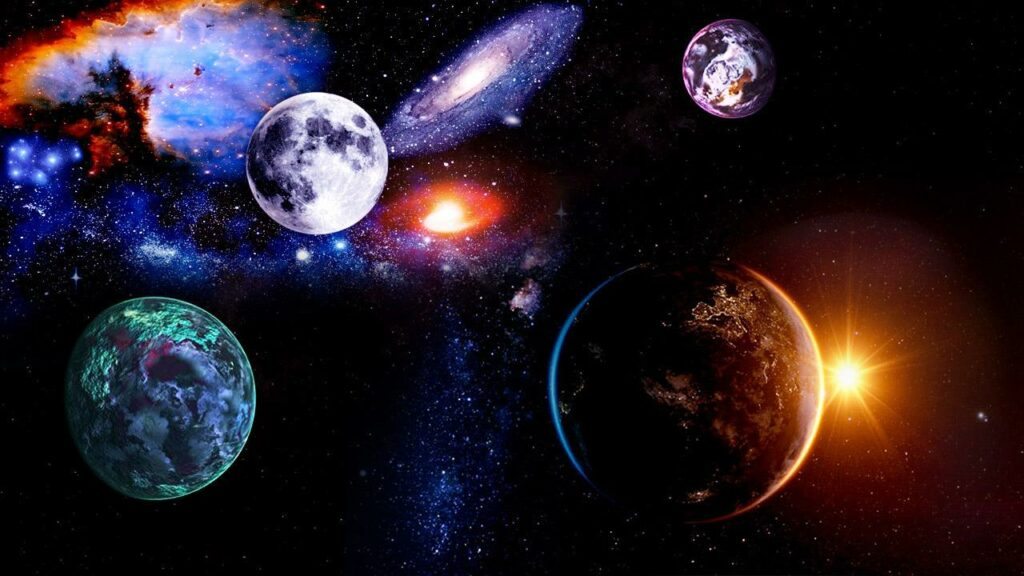
3. Curiosities about Astronomy – Do we see dead stars?
The light from the closest star to the Sun, called Alpha Centauri, takes a little over four years to reach our eyes! However, stars have a life cycle (explained below), so they are ‘born’, live and then come to an end.
Still using the ‘light year’ question, we do see dead stars! When we look at a star close to Earth, we are not looking at it now, we are looking at it in the past.
This happens, because its light takes a few years to reach us! It can be found a few light years from Earth. There are stars a hundred light years away, a thousand light years away and others that no longer exist.
It is worth remembering that there are galaxies millions and billions of light years away from us.
4. Curiosities about Astronomy – How long does a star live?
According to Professor Rodolfo, a star is “born” from huge clouds of gas and dust in space. Arts of nebulae come together mainly due to the force of gravity and this material ends up compressing so much that, inside, the pressure and temperature go to millions of degrees, giving rise to thermonuclear fusions, that is, fusions of matter, transforming the hydrogen into helium.
In this transformation, soooo much energy is released: a star is born! When the Hydrogen is running out, the star changes its behavior and needs to produce energy to keep itself in balance, as the force of gravity wants to pull everything towards the core.
“Then it starts fusing helium into other heavier elements. But each star may have a different path, depending on how much mass it has. If it has a lot of mass it becomes a black hole”, he explains.
If it has a lower mass, it becomes a neutron star. If the mass is even smaller, it becomes a red giant and then a white dwarf (as is the case with the Sun).
5. But what is a black hole?
Basically, the black hole would be the result of a dead star. It forms when a massive star (much larger than the Sun’s) ends its period of thermonuclear mergers, being overcome by gravity, whose force pulled all matter towards an object with a diameter tending to zero.
Therefore, the density of the black hole tends to infinity. Because of this, the escape velocity in the vicinity of this body is greater than the speed of light. So even she can’t escape. This explains the name of this celestial object.
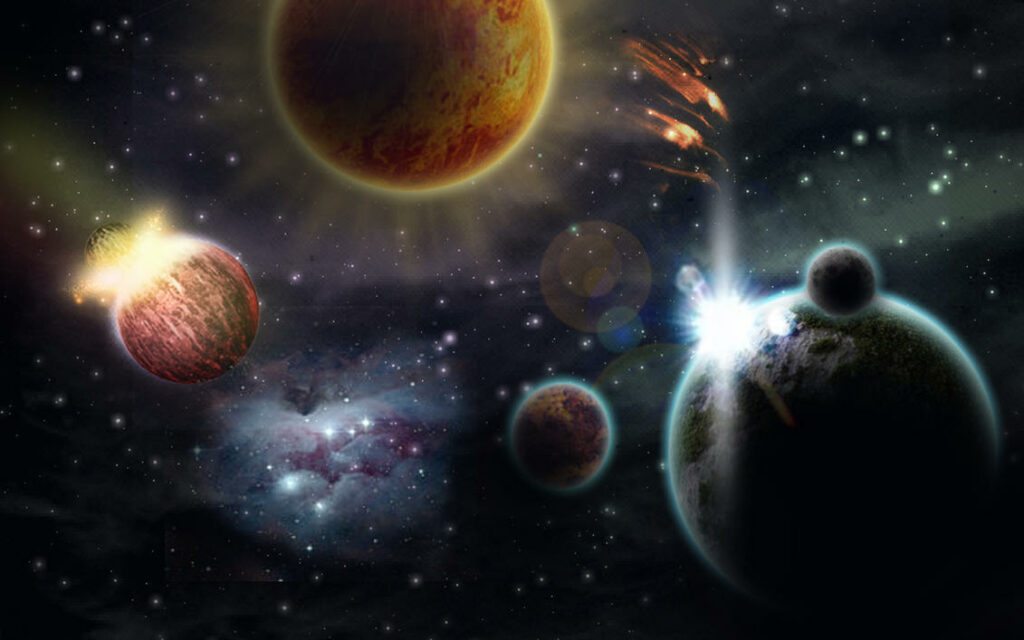
6. Curiosities about Astronomy – Is it wrong to call it a shooting star?
Yes! It’s wrong! The correct name is Meteor. They are rocks that come from space and are attracted by the Earth’s gravity. When they fall into the Earth’s atmosphere, violent friction occurs with the air, causing them to heat up to thousands of degrees and producing the characteristic glow.
Rodolfo explains that all this takes about a second. If these rocks are bigger, they can glow longer and even fall to the ground.
“Most meteors are pulverized at the entrance to the atmosphere. When they fall to the ground and are found, they are called meteorites”, he adds.
7. How is the color of the sky seen from other planets?
Each planet has a different atmosphere from Earth. “Certain planets don’t even have an atmosphere or it’s very rarefied. Others have a very thick atmosphere”, explains the professor.
An example is Mars, which has an atmosphere composed mostly of carbon dioxide, which makes the sky appear pinkish and orange, and instead of the sunset being reddish, the horizon there is bluish.
Another example is the atmosphere of Venus, which is also composed mainly of carbon dioxide, but is so thick that the greenhouse effect there is quite intense. Thus, the heat is trapped and the temperature can reach almost 400 degrees!
8. What is missing for us to live on Mars?
“Human beings lack the ability to live peacefully in small environments”, replies the physicist.
9. Curiosities about Astronomy – Do you have a planet that rains diamonds?
Rodolfo explains that according to studies this can happen on gas giant planets such as: Jupiter, Saturn, Uranus and Neptune.
10. Speaking of a gas planet, what is the difference between it and a rocky planet?
“A gas planet is not a ball of gas, as the name seems to suggest. Inside it there is a small rocky core. Due to the force of gravity, the gases are attracted to the center of the planet and, as it is a very large amount of gases, then the planet formed is large”, explains Rodolfo.
But as we delve into the planet, the pressure builds. Then, at a certain altitude, the gas changes to a liquid state and, deeper still, to a solid. So what a gaseous planet has the least is gas!
The rocky planets are like Earth, with solid ground to stand on. They are: Mercury, Venus and Mars.
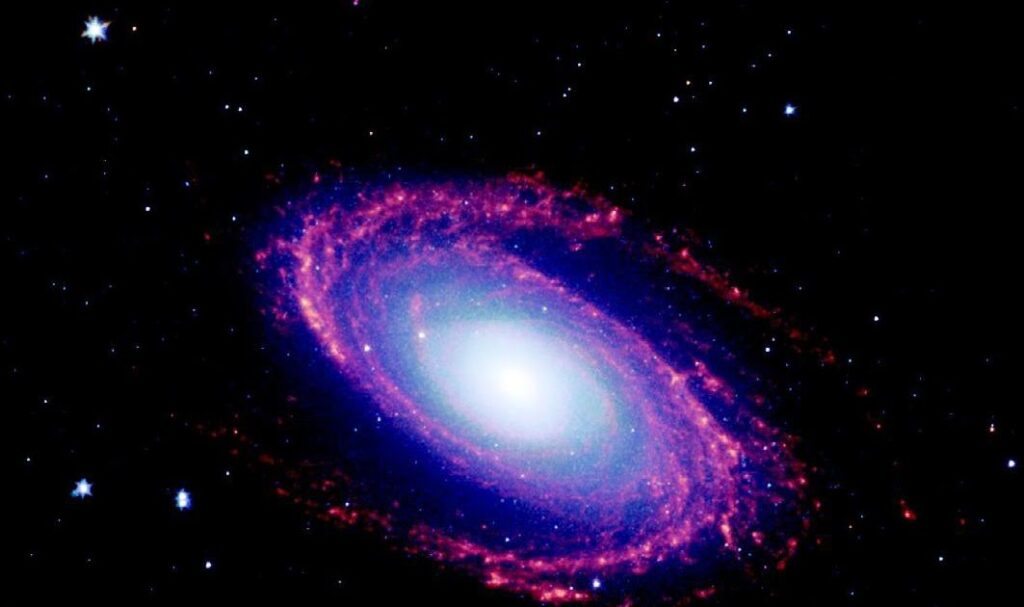
11. Does the Moon’s gravity interfere with the Earth?
Yes, it interferes, to notice this, just look at ocean tides, which make sea water levels rise and fall, depending on the position that the Moon occupies in the sky throughout the day.
“In addition to the huge wings of water, we can say that the Moon also promotes the displacement of continents by a few centimeters. But the Earth has more of a tidal effect on the Moon than the opposite, because it has more mass”, completes Rodolfo.
12. Why do we only see one side of the Moon?
“Precisely because of the tidal effect the Earth has had on the Moon for eons.” According to Rodolfo, little by little, tidal forces delayed the Moon’s rotation around its own axis until, today, it revolves around the Earth within the same period it takes to rotate around itself.
13. What is the Earth’s core made of?
It is believed to be made primarily of high-temperature Iron and Nickel.
14. Where did the Moon come from?
The most accepted theory is that it arose during the formation of the planets of the Solar System, when an object the size of Mars collided with what would be the future Earth and tore off a piece of it.
“The debris began to rotate around the Earth due to gravity and was gathered to form what we know today as the Moon. This explains why the Moon has the same rocky composition as Earth and is full of craters”, adds Rodolfo.
15. What are the rings of the planets made of?
Basically rock dust and ice.


